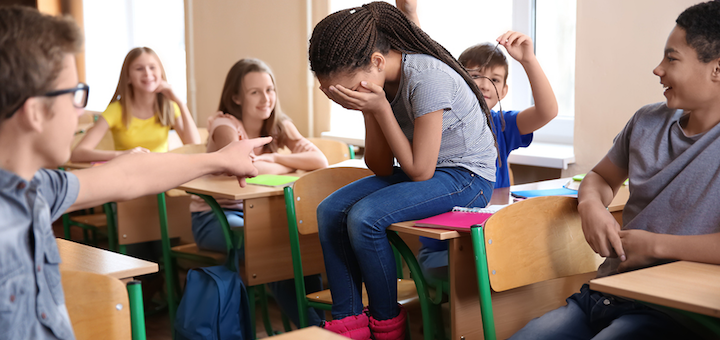
Bullying is an act done to insult someone’s dignity. This act can be done in various ways, from verbal to other inappropriate acts. Because this problem includes cases that never end.
Bullying can be done anywhere, including in the school environment. Many student victims of this case feel threatened in their environment, and some even need psychological assistance.
This case has an impact that is not good for someone, especially students. A school that should be a place to socialize and learn, becomes a scary place. The impact that the victim got as a result of this case was to reduce academic achievement, social behavior to physical disturbances.
The following are negative impacts of bullying on students at school, including:
- Academic decline
This decline is because they feel afraid, threatened and have no protection. - Disturbed Social Relations
Their social relations were also disrupted, starting from being shy, not confident, tending to follow other people’s wishes and afraid of expressing their opinion.
If student bullying occurs in class, the teacher must deal with it properly and appropriately. The following are teacher tips for dealing with bullying in class, including:
1. Discuss the Topic of Bullying in Class
One way to get closer to the relationship between teachers and students is to build good communication. The interaction between teachers and students in class can be used to discuss cases of bullying. Give students an understanding that bullying is the same as proof that can damage the victim physically and mentally.
You can also tell students, if they are exposed to cases of bullying, they must have the courage to fight or complain to their school, teacher or closest friends.
2. Get used to Cooperation
When teaching and learning activities take place, you can train students to work on assignments together or collaboratively. With workmanship skills, students are expected to know and understand each other. The interaction of each student prohibits them from demanding firmly without demanding.
Even so, you also have to be smart to make groups. Do not until this moment can create a new case in the class. You can also monitor what each group is doing.
3. Responsive
If you hear, know and see cases of bullying firsthand, you must take action immediately. The trick, you can immediately take action and invite the perpetrator to talk. Recognize the reasons why the perpetrator did this to the victim, and provide commensurate advice and sanctions. All teachers and school staff must pay more attention to students who are victims. Make sure the victim does not feel threatened.
4. Confront the Bullying Perpetrators
Without involving the school and its staff you can directly confront the bully personally. You can confront, talk to and limit the acts of bullying committed by the perpetrator. Do it in private, because spoiling this in front of other people or in public makes them big-headed and closes off the potential for further action.